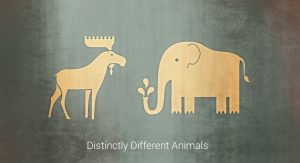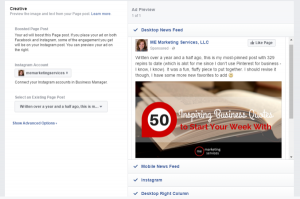— May 9, 2019

Reducing bias in your hiring process to increase workplace diversity isn’t something that will quickly be solved overnight. It first requires an understanding of what bias means and how your hiring process contributes to humans’ natural biases. Let’s begin by defining bias, then moving to the benefits, and finally ways to prevent bias in your hiring process.
I’m not biased, am I?
Webster defines bias as “exhibited or characterized by an unreasoned judgment.” Unconscious racism, ageism, and sexism all play a significant role in whom we hire. To solve for these unconscious biases, we need to understand how to prevent them and gain an understanding of the tools we can use to reduce bias in the hiring process. After all, it’s often subconscious and could be something a hiring manager doesn’t even realize happens. However, once it’s brought to light and tools are implemented to reduce hiring bias, organizations can increase thought diversity and reap the benefits.
Benefits of Reducing Hiring Bias
1. High-performing teams are more diverse. It’s important to understand the dynamics of your teams and which strengths each member brings. A study conducted by Good&Co found that for optimal team performance, teams should be a mix of 50% men and women. The same study found female managers reported higher levels of cohesiveness and better team performance compared to male managers.
2. Diverse teams will find creative approaches to solve issues. Employees will excel when they understand how their unique strengths benefit the group and overall company. Research shows that the more diverse a team, the more likely it is to consider different approaches which result in innovative, compelling ideas.
3. Diverse teams are good for business. According to McKinsey & Company, ethnically diverse companies are 33% more likely to have above-average profitability. The report also found a significant relationship between a diverse leadership team and financial outperformance.
Preventing Hiring Bias
Awareness
The only way for you to avoid hiring bias is starting by acknowledging the issue. It’s the only way that hiring managers are going to understand how their natural bias towards another person affects their hiring decisions. By acknowledging this, you can begin working towards a solution.
Training
It’s essential to provide hiring teams with training on diversity and how to remove bias from their recruiting process. Awareness is the first step to unraveling unconscious biases because it allows employees to recognize that everyone possesses them and to identify their own. However, proper training on the matter will allow hiring teams to understand what actions they need to take to prevent biased judgments.
Language in job descriptions
Think about any words you are using that might deter applicants from applying. To make your job descriptions inclusive, start by removing subtly gendered words like “ninja,” “rockstar,” or “guru” and replace them with more straightforward titles, like “specialist” or “field service representative.” These titles may not be as flashy, but they’re more inclusive and less likely to turn off candidates who feel they don’t fit the image you’re trying to portray.
Pre-screen applicants
Good&Co Pro gives managers the ability to assess an applicant’s overall compatibility with the company or the team they are hiring for before booking an interview. This tool allows managers to devote their time to high-fit candidates based on their natural skills, personality traits, and more, instead of using objective data to inform their decisions.
Assessments
Psychometric assessments provide a level playing field for candidates because of their ability to provide objective metrics about candidates’ traits, behaviors, and skills, instead of relying on judgments that may be susceptible to bias.
Standardize the interview process
If you haven’t created a standardized interview process that is the same for every candidate, you need to build one. Standardized interview questions that follow the same format are essential. This way you are comparing the exact same questions, ensuring no candidate is advantaged or disadvantaged by subtle differences in phrasing. Even more, take your entire hiring process through a quick bias audit and see where you can begin standardizing, working toward eliminating even more opportunities for bias.
It’s more important than ever before to ensure your business supports thought diversity within the workplace.
This article was originally published here.
Business & Finance Articles on Business 2 Community
(27)




